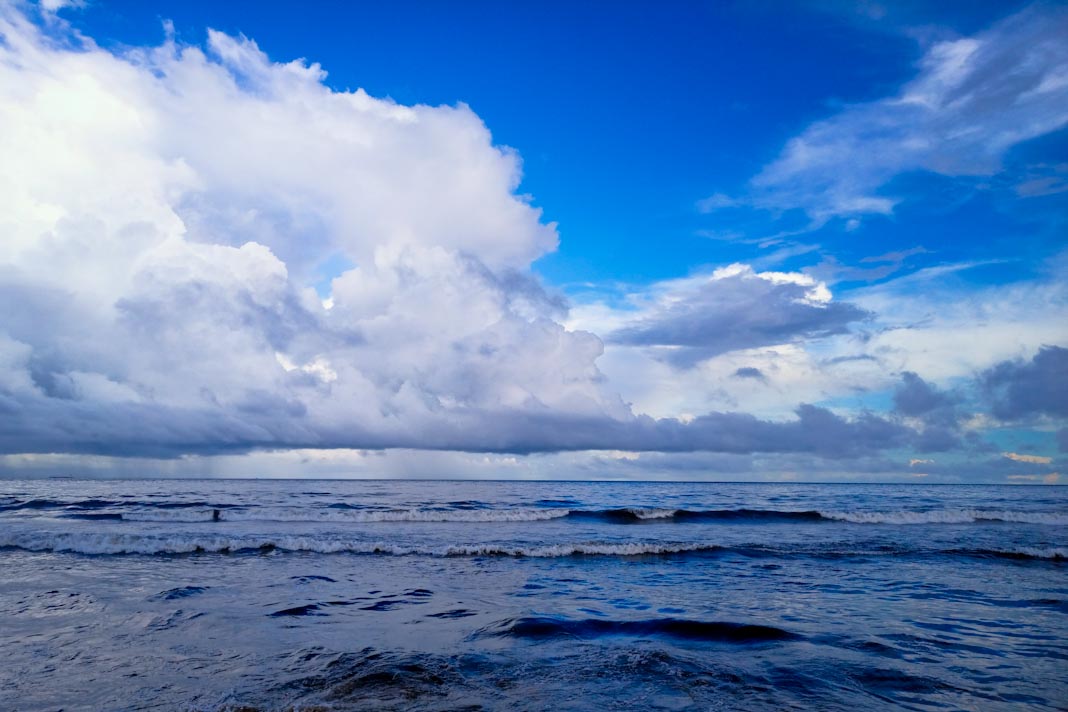
- Researchers found ship passages cause methane emissions up to 20 times higher in shipping lanes than in undisturbed waters.
- These emissions are unrelated to ship fuel type and result from pressure changes and water mixing disturbing methane-rich sediments.
- The study urges rethinking global methane measurement methods, especially near large ports located in shallow waters.
A groundbreaking study led by Chalmers University of Technology has revealed that ship traffic through shallow marine areas can release large amounts of methane into the atmosphere. Researchers measured methane emissions that were up to 20 times higher in active shipping lanes compared to adjacent undisturbed zones. The emissions are triggered by the physical effects of passing vessels—mainly pressure changes and water turbulence—rather than by their fuel type.
Methane Released Independently of Fuel Choice
Although concerns have focused largely on emissions from ships running on liquefied natural gas (LNG), this study highlights that even ships not powered by LNG contribute significantly to methane releases. The emissions are decoupled from fuel use and instead stem from the disruption of oxygen-deprived, organic-rich sediments. As ships pass through, they disturb the seafloor, releasing naturally formed methane that rises through the water column and escapes into the atmosphere.
Discovery Stems from Unrelated Measurements in the Baltic
The unexpected phenomenon was first observed during separate environmental measurements in Neva Bay, part of the Baltic Sea. The research team, led by Professor Johan Mellqvist of Chalmers, found that cruise ships, container vessels, and ropax ships (which carry both freight and passengers) caused the highest levels of methane release. Surprisingly, even larger bulk carriers were responsible for lower emissions, suggesting that vessel design and operation, such as the use of double propellers in ropax ships, play a crucial role.
Urgent Need to Rethink Methane Monitoring in Ports
The study, published in Nature Communications Earth & Environment, calls for a reassessment of how and where methane emissions are measured globally. Lead researcher Ida-Maja Hassellöv emphasized the importance of investigating shallow river delta ports—such as those in China, South Korea, Singapore, Germany, and major European hubs like Rotterdam and Antwerp—that share similar sedimentary and traffic conditions with Neva Bay. The next phase of research, starting this autumn, will aim to determine the global scale of these emissions and their impact on greenhouse gas inventories.
Implications for Climate Reporting and Policy
Given methane’s potency—27 times greater than carbon dioxide as a greenhouse gas—this study suggests that current global emission estimates may be significantly understated. The findings underscore the need for revised monitoring strategies and greater attention to shallow coastal zones, where both natural conditions and human activity interact to release this powerful greenhouse gas























